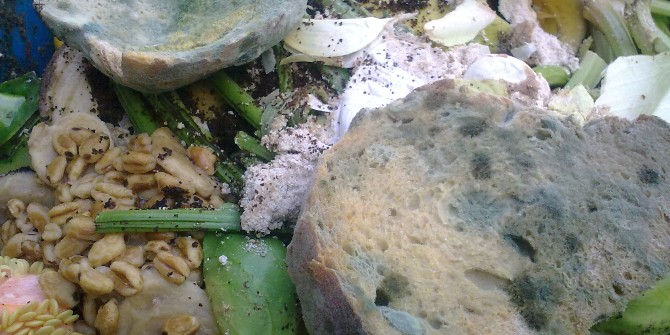During the pandemic, people travelled less and spent more time on creative activities close to home. Will this trend continue? Tanya O’Garra (Middlesex University) and Roger Fouquet (Grantham Research Institute, LSE) suggest ways to make it easier to avoid trips by plane or car.
For most of 2020 and 2021, foreign travel was difficult. Non-essential trips outside people’s local area were intermittently banned. This forced people to change how they used their leisure time. We investigated whether these behavioural changes will persist, and recommend policies that would make it easier for people to avoid polluting forms of travel.
Our recent two-wave survey suggests that UK motorists and travellers are willing to reduce their car and air journeys. Car drivers are willing to reduce their car use by 24-30 percent on average (compared to pre-COVID levels) in order to support a low-carbon transition beyond the pandemic. This would be enough to meet the 17 percent reduction in car use needed for the UK to reach net zero by 2050, as proposed by the UK’s Climate Change Committee (CCC).
However, their willingness to cut air travel (which ranges from 20-26 percent) is not enough to meet the 39 percent target that the CCC has set. This means that additional tools and policies will be needed to moderate passenger air travel. Ideally, these policies would aim to reduce air travel by those on high incomes, who fly and pollute disproportionately more than less affluent fliers. The study finds that the richest 20 percent fly at least twice as much as all other income groups, and are responsible for 37 percent of all carbon emissions from passenger air travel.
Over the last 30 to 40 years, travel has increasingly become locked-in as a way to spend one’s leisure time
The experience of the pandemic offers a clue to how to encourage behavioural changes to travel without using price mechanisms. The evidence suggests that those with more time (in particular, for creative leisure activities) were more open to reducing their travel consumption, both for air and car travel. Over the last 30 to 40 years, travel has increasingly become locked-in as a way to spend one’s leisure time, whether due to habit or structural factors. COVID has forced individuals to replace travel with creative activities in (or near) the home. The existence of this substitution — and the possibility of enhancing it — should be explored in more detail in future research, but could offer a way to improve wellbeing through a more diverse range of leisure pursuits, and ultimately stimulate the shift to a low-carbon pathway.
Recommendations

Implementation of ‘frequent flier levies’ to target excessive air travel. Given the disproportionate contribution of high-income travellers to carbon emissions, and the role of the affluent in inspiring others to consume, it is essential that affluence should be accompanied by some form of “progressive responsibility”, such as frequent flier levies.
Government support to cut work-related travel by facilitating working from home (such as ensuring high-speed broadband infrastructure in the whole country). Willingness to reduce travel is positively affected by the increased availability of time to ‘do creative things’ (i.e. leisure time) that people experienced as a result of COVID. Much of this effect is due to voluntary reductions in the amount of time spent commuting to work. We found almost one-fifth of car drivers are willing to work from home to reduce carbon dioxide emissions. Similarly, about one-eighth of air travellers are willing to use teleconferencing instead of flying and almost four-tenths would consider eliminating certain flights.
Interventions to encourage travellers to ‘stay local’ and/or explore destinations closer to home. The voluntary reductions to travel that people reported increased as the pandemic wore on (from June 2020 to June 2021) with most of this increase relating to longer journeys, both by air (long-haul and ultra-long-haul flights) and car (trips over 50 miles). The government could capitalise on this by encouraging local travel, the use of trains instead of cars where possible, and discouraging longer journeys by plane or car.
This post represents the views of the authors and not those of the COVID-19 blog, nor LSE. It is based on T O’Garra and R Fouquet, Willingness to reduce travel consumption to support a low-carbon transition beyond COVID-19, Ecological Economics (2021).





